Cultural Appropriation in Art: Appreciation or Exploitation?
In the contemporary world, art has increasingly become a subject of controversy, particularly concerning the subject of cultural appropriation. Before we delve into this multifaceted issue, it's important to define our terms. Cultural appropriation is the adoption or imitation of elements from another culture. It represents a merging of different cultural elements, and while it's been a part of human history for centuries, it's recently been met with considerable backlash when perceived as done insensitively or inappropriately.
The Impact of Cultural Appropriation on Art
In the world of art, cultural appropriation isn’t a new concept. However, its recognition as a potential issue has grown exponentially in recent years. Cultural appropriation can often find its way into works of art through the usage of iconography, techniques, aesthetic elements and themes that are specific to cultures other than the artist’s own. This borrowing, when done without proper understanding, respect, or credit can lead to controversy.
Expression or Exploitation?
There is an ongoing debate about whether cultural appropriation in art amounts to artistic expression or exploitation. On one side of the argument, proponents argue it helps foster creativity and cultural exchange. However, critics argue that it often comes at the expense of marginalized cultures, perpetuating stereotypes and undermining the uniqueness of the art of such cultures.
Controversies and Case Studies
There have been several noted instances where artists have come under fire for perceived cultural appropriation. These cases offer valuable insights into how cultural appropriation can impact the art world and spark a greater conversation about the boundaries between cultural appreciation and cultural appropriation.
The Case of Dana Schutz’s “Open Casket”
In 2017, white American artist Dana Schutz exhibited her painting Open Casket at the Whitney Biennial. The painting, an abstracted representation of the open-casket photo of Emmett Till, a 14-year-old African-American boy brutally lynched in 1955, resulted in widespread protests. Critics felt Schutz, as a white artist, had no right to make artwork about such a significant and traumatic episode of black history, thereby appropriating black trauma for her own benefit.
The Case of the Kimono Wednesdays Event
In 2015, the Boston Museum of Fine Arts received backlash over a planned “Kimono Wednesdays” event in which visitors were encouraged to try on a kimono in front of Claude Monet's painting of his wife Camille in a kimono. Critics called the event an example of rampant Orientalism and a disrespectful trivialization of traditional Japanese attire.
Appreciation vs. Appropriation
The line between appreciation and appropriation can often be thin. Cultural appreciation seeks to understand, learn from and respect other cultures. However, when elements of a particular culture are borrowed and stripped of their meaning or context, or when these elements are used by members of a dominant culture in a way that marginalizes and disrespects members of the borrowed culture, then it crosses the line into appropriation.
Conclusion
As we strive to navigate the complex issue of cultural appropriation in art, it is crucial to foster a nuanced understanding and stimulate thought-provoking discussions. Only through respectful engagement and dialogue can we hope to better understand cultural boundaries in the creative process while preserving the universality of artistic expression.
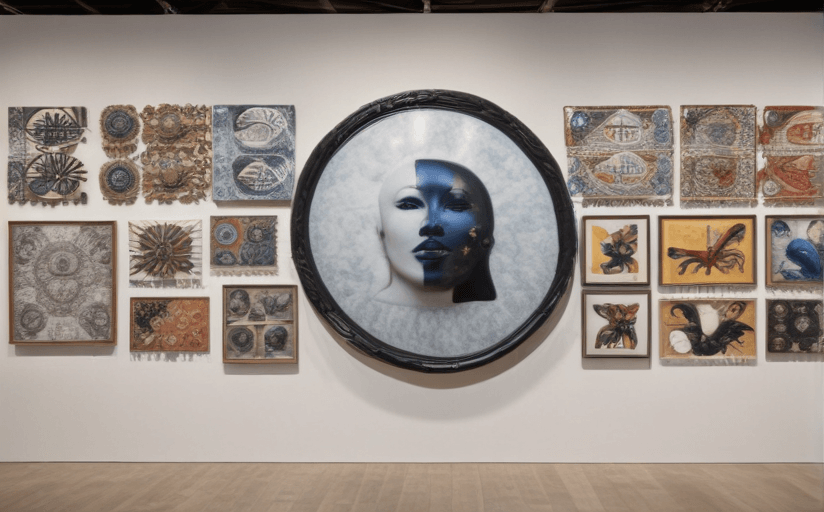



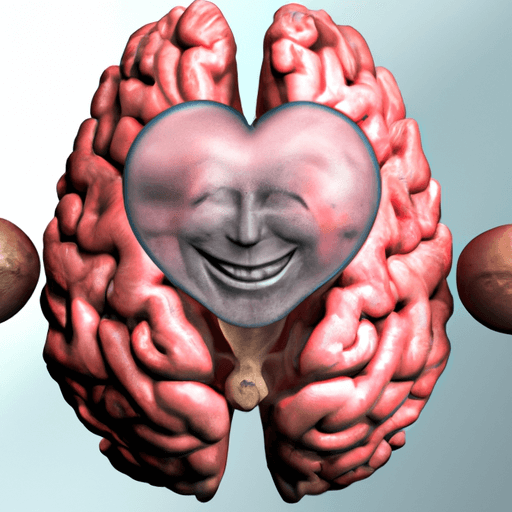



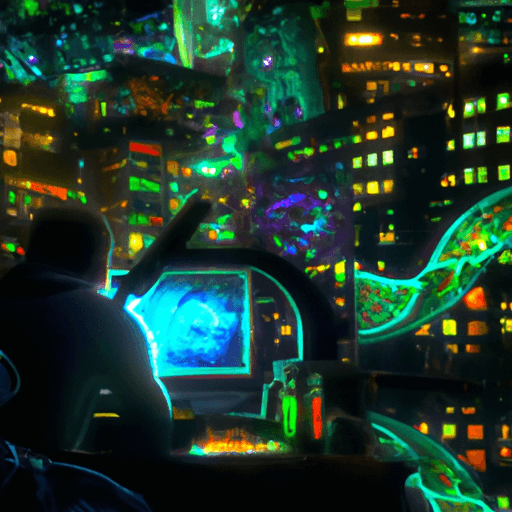
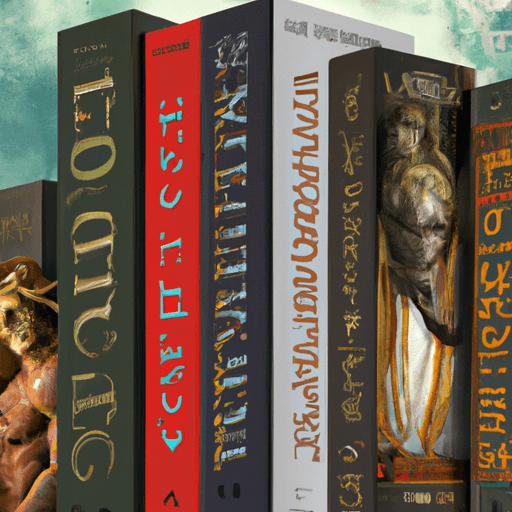
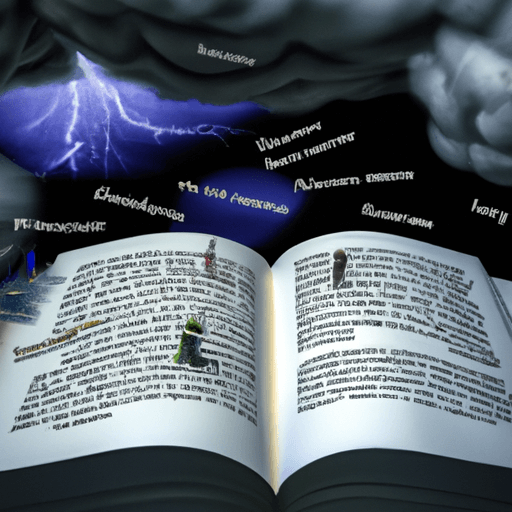
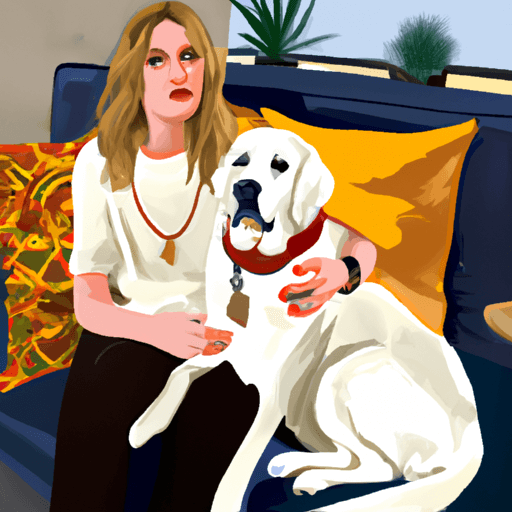


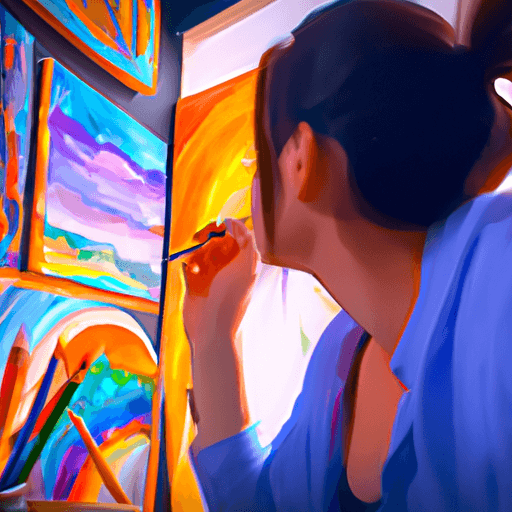


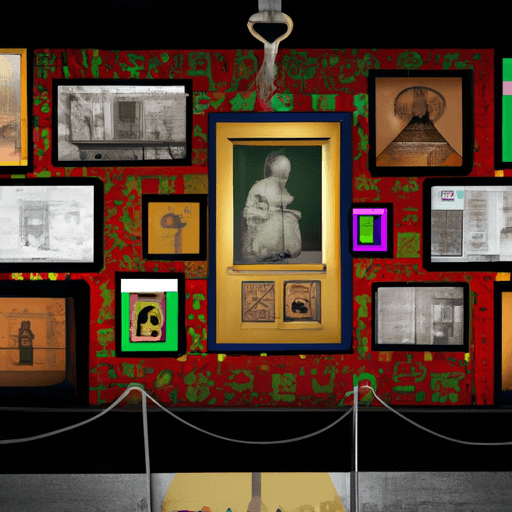
Comments
Leave a Comment